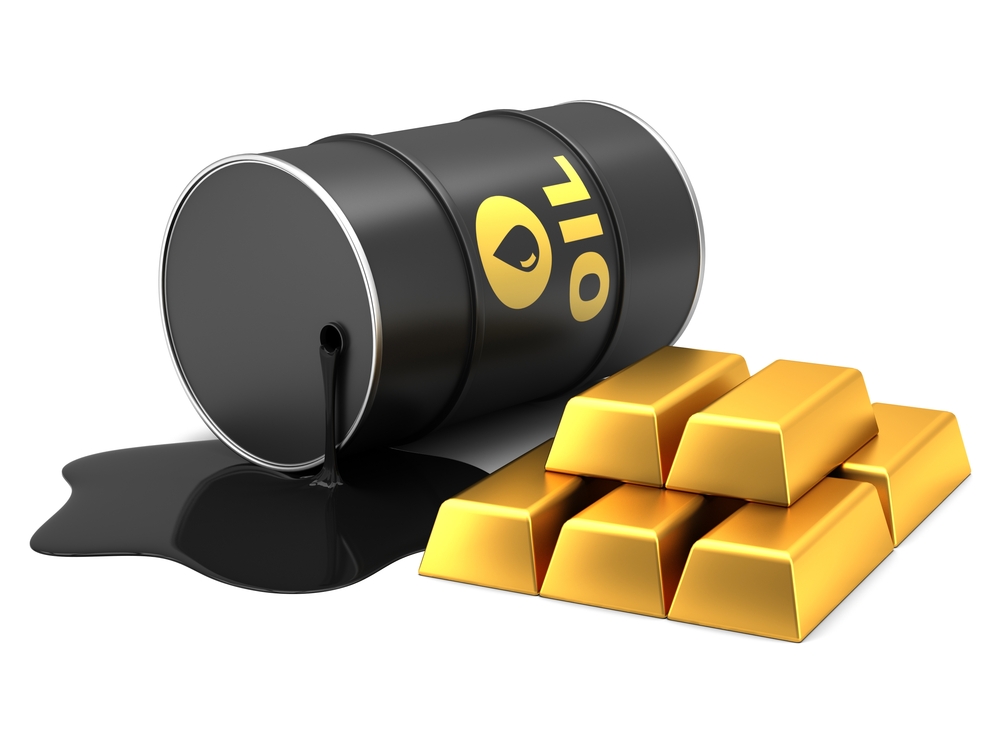Crude oil prices remained bolstered by signs that major producers are struggling to increase output to meet global demand. In early trading in New York on Monday, prices came off fresh seven-year highs.
U.S. crude futures were up 1.2% at $82.66 a barrel by 9:40 AM ET (1340 GMT). The futures previously hit their highest since 2014 at $83.14. The global benchmark, Brent futures, rose 0.8% at $85.55 a barrel.
Meanwhile, U.S. Gasoline RBOB Futures added 0.5% at a fresh seven-year high of $2.4990 a gallon.
Earlier reports said that the Organization of the Petroleum Exporting Countries (OPEC) produced an average of nearly 750,000 barrels a day. That was below the ceiling under a deal with Russia and others in September. It is being attributed to past issues of under-investment in Nigeria and Angola.
OPEC producers are struggling to meet output targets now that world demand is rising amid the easing of COVID-19-related restrictions on mobility. It is worsening an imbalance between supply and demand. Moreover, global inventories are already at their lowest in three years.
However, there was some sign of relief on the demand side earlier. China’s Q3 gross domestic product (GDP) data showed the country and its biggest oil importer were slowing more sharply than expected.
Gold Futures
On Monday, Gold futures inched higher, with some help from a retreat in world stock markets. However, its price gains were limited by a rise in bitcoin and some strength in the U.S. dollar and Treasury yields.
In a daily report on Monday, analysts at Zaner wrote that continued strength in bitcoin, which climbed above the $62,000 level for the first time since April, has been a notable source of pressure on the precious metals. They said the dollar was stronger and Treasury rates increased, adding more pressure.
The analysts also said lukewarm Chinese economic data overnight and growing market acceptance that the Federal Reserve will begin tapering its bond purchases by the end of the year have weighed on the markets as well.
December gold GC00, 0.04% GCZ21, 0.04% rose $1.90, or 0.1%, to trade at $1,770.20 an ounce. A 0.6% weekly gain was added on Friday, representing the steepest weekly rise since the week ended Sept. 3.
For the yellow metal, the price move comes even as stocks around the globe are falling. That includes most U.S. benchmark stock indexes, as investors face higher inflation. In addition, investors are struggling with uneven economic expansion.















